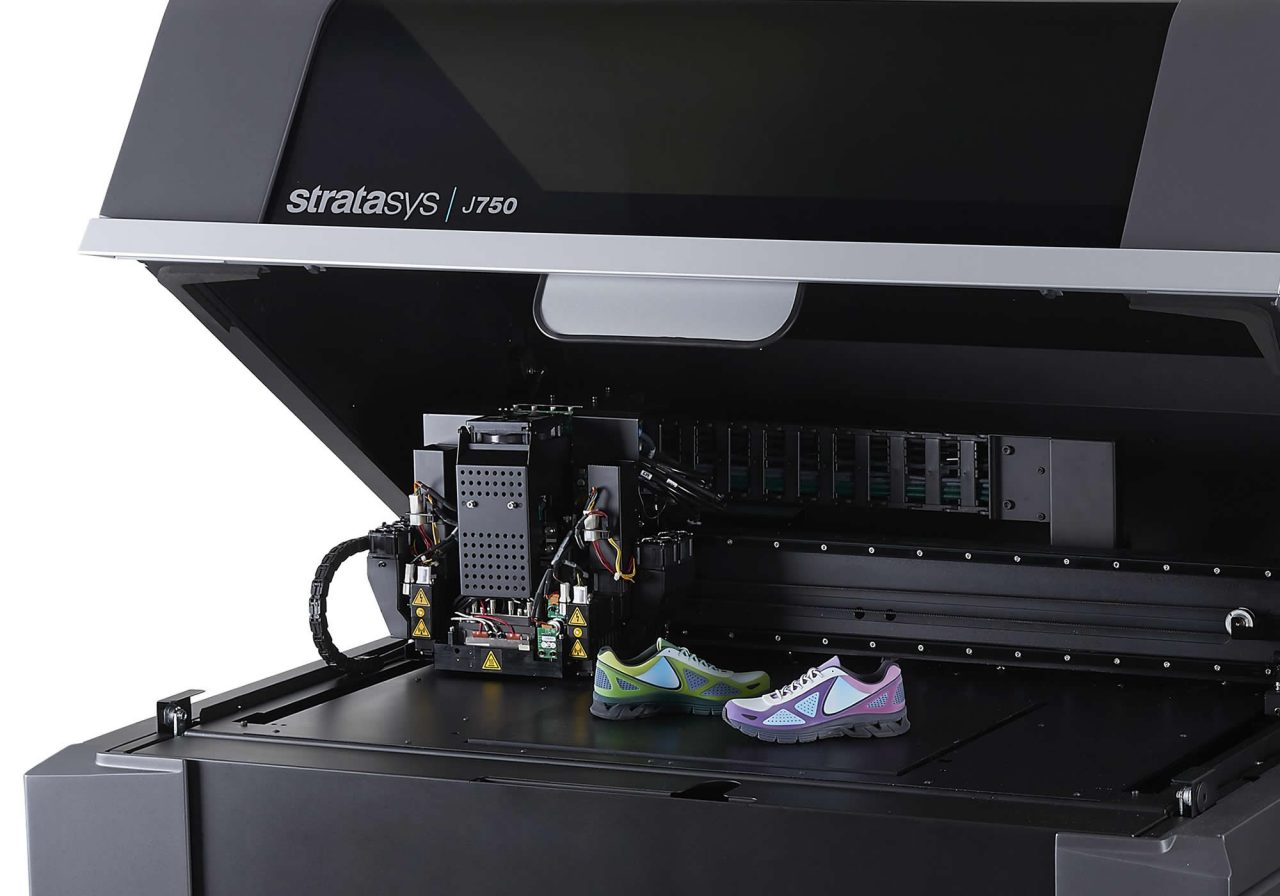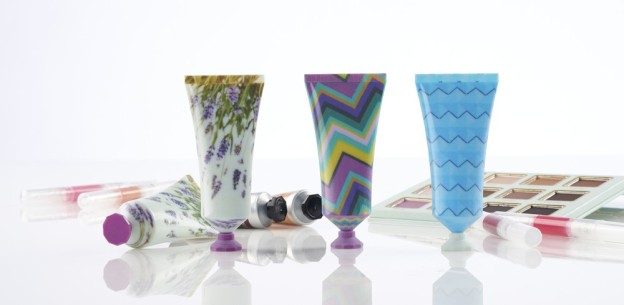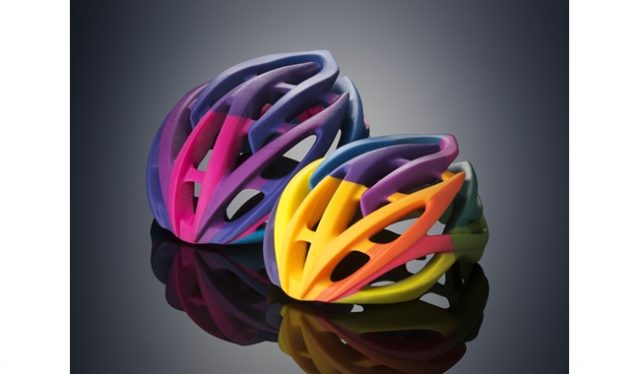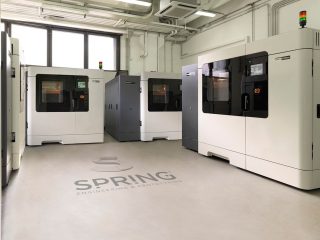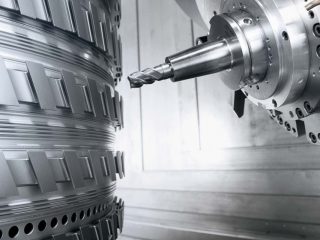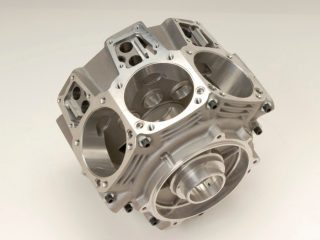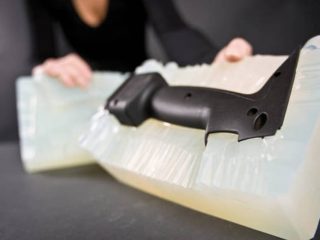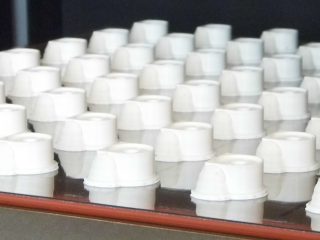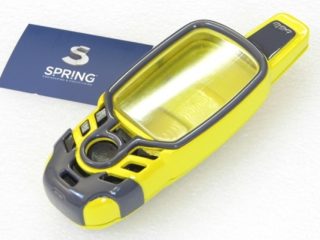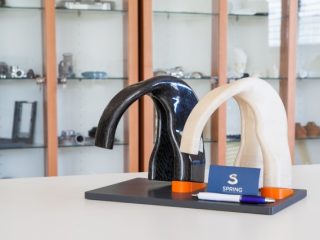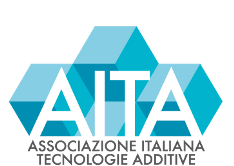At Spring srl a new 3D printing system is now available, its name is Stratasys J750.
This new printer, suitable for the PolyJet technology, offers a multitude of benefits such as, for example, short building time for prototypes and tooling and high level of accuracy for functional components.
Through this technology it’s possible to work with a wide range of photopolymer materials from rigid resins, to rubber, from transparent materials to opaque ones. Thanks to this new extraordinary system a single model can be built with many different kinds of materials and related properties.
The PolyJet technology process
Let’s now take a look to the major PolyJet processing steps in building a 3D model:
- Firstly, a 3D CAD file is needed to get the printing parameters such as the photopolymers and support material placement.
- Then, the printer settles tiny drops of photopolymers and at once polymerizes them with UV rays. As a result fine layers are collected one above the other on the tray, creating a detailed 3D model. The removable support material, with a gel-like consistency, is settled under geometric protrusions or complex shapes.
- At the end of the process, the support material is manually removed by an operator. Now the 3D model is ready.
PolyJet technology application fields and advantages
Polyjet technology is able to realize tiny walls and complex geometries with a wide range of materials and an excellent level of accuracy. This cutting edge technology is a fast, flexible and precise way to build prototypes with different colors and different degrees of hardness. There are a lot of sectors working with this technology: from the automotive manufacturers wanting to build aesthetic elements for the car, both inside and outside, to the packaging sector for the realization of mockup, consumer goods and industrial products.
Watch this video and find out all the PolyJet benefits!
Would you like to talk with an expert? Click here!

